No products in the cart.
Shoulder Brace
£13.99inc VAT
- 1x Shoulder Brace for easing shoulder pain and injuries
- For Both Men & Women
- One size fits all
- Features fully adjustable buckled Straps that will help to keep the shoulder brace securely in place and will allow you to find the right support, compression and fit quickly and easily
- Ideal for treating and preventing a wide range of different shoulder injuries including Frozen Shoulder, Tendonitis, Bursitis, Dislocation, Arthritis Pain, Strains, Sprains, Soreness and Rotator Cuff Tears and injuries
- The soothing compression will help to ease aches and pain, reduce swelling and stiffness and boost blood flow to your shoulders, neck and upper back helping to aid the natural healing process
- Specially designed to support and protect your shoulder by correcting the way your shoulder, neck and upper back function helping to prevent further damage and injury
- Made from lightweight, breathable and moisture wicking materials ideal for wearing whilst running, exercising and playing sports
- The padded inside provides superior comfort and is designed to stabilize and absorb shock for extra shoulder protection
- Features an ice pack pouch which will allow you to attach an ice pack (sold separately and available here) securely to the shoulder brace to give your shoulder hot & cold therapy
- Includes a full 30 day money back guarantee!
Choose our shoulder brace. Choose a future free from pain and full of possibilities. The next chapter of your life awaits, and it’s only a brace away.
A shoulder injury, it can bring our world crashing around us. It can make the simplest tasks so much harder. It can stop us from doing what we love, from playing sports, from reaching the top shelf, from living our life.
Shoulder injuries are not uncommon; they can be debilitating, acute, and can have a significant impact on our life. But there is hope. So, lets dive into the world of shoulder injuries, their symptoms, causes, and treatments, with a significant focus on how shoulder braces can provide relief and aid in recovery.
The most common shoulder injuries include rotator cuff tears, shoulder impingement, shoulder instability, frozen shoulder, shoulder bursitis, and shoulder tendonitis. Each of these injuries has a unique set of symptoms, causes, and treatment options, and they all can significantly benefit from a shoulder brace’s support.
A rotator cuff tear typically results from wear and tear from daily life or sports, causing severe pain and weakness in the shoulder. Shoulder impingement, on the other hand, occurs when the shoulder blade exerts pressure on the soft tissues as the arm is lifted, leading to pain and limited movement.
Shoulder instability is a chronic condition that causes a sensation of the shoulder feeling loose or slipping in and out of place, often a result of a severe injury or overuse. Frozen shoulder is characterized by stiffness and pain that limits the range of motion. Shoulder bursitis and shoulder tendonitis, both inflammatory conditions, often occur in athletes using their arms’ repetitive motions.
Shoulder braces can play a significant role in the recovery process for each of these conditions. They provide support and stability to the injured area, reducing pain and preventing further injury. Wearing a shoulder brace can accelerate the healing process by allowing the shoulder to rest and recover, reducing inflammation and swelling.
It’s estimated that around 70% of people will experience shoulder pain at some point in their life- a sobering thought, isn’t it? But it doesn’t have to be. By understanding our shoulder injuries and taking steps towards appropriate treatment, we can regain our mobility, reduce our pain, and return to the activities we love. Wearing a shoulder brace is a simple, effective step towards healing and prevention.
Remember, it’s not just about recovery; it’s about prevention too. Shoulder braces can also be worn to prevent injury, particularly for those involved in sports or jobs requiring repetitive arm movements.
Shoulder injuries might be a hard pill to swallow, but with the right support, you can reclaim your mobility and get back to doing what you love.
Experience Revolutionary Pain Relief and Boost Your Recovery with Our Innovative Shoulder Brace!
Our shoulder brace is a formidable tool against shoulder pain. Its ergonomic design supports and realigns your shoulder, improving posture and functionality while reducing pressure. It’s a careful balance of science and comfort, designed to make a difference in your life, particularly if you’re an athlete or someone with a physically demanding lifestyle.
Why risk further injury or long-term issues such as arthritis when prevention is just a brace away? The regret of not taking proactive steps to protect your shoulder health isn’t worth it. Trust us when we say, prevention is better than cure.
One of the unique features of our shoulder brace is the soothing compression it provides. This isn’t just about physical support. Compression is a scientifically proven method to ease pain and improve injury recovery. It boosts blood circulation to the injured area, accelerating the healing process. But there’s more. Our brace’s compression feature also helps to prevent muscle fatigue, assisting you to train harder and for longer periods. Use this not only as a healing tool but also as a preventive measure to avoid potential injuries.
But we didn’t stop at functionality. Comfort and hygiene are equally important to us. Our brace is made from premium quality, lightweight materials that are breathable and moisture-wicking. It’s quick drying with antibacterial properties, making it an ideal companion for running, exercising, and playing sports. We have ensured that wearing our brace feels like a natural extension of your body, allowing you to comfortably carry on with your active lifestyle.
We understand that every individual is unique. That’s why our brace comes equipped with fully adjustable buckled straps, allowing a perfect fit regardless of your body type. The padded interior offers superior comfort, effectively absorbing shock and providing additional shoulder protection.
Our brace also has a convenient ice pack pouch, allowing you to add an ice pack for hot & cold therapy. This innovative feature amplifies the healing power of our brace, making it an unbeatable ally in your journey towards recovery.
Our shoulder brace is a comprehensive solution for a myriad of shoulder issues including Frozen Shoulder, Tendonitis, Bursitis, Dislocation, Arthritis Pain, Strains, Sprains, Soreness, and Rotator Cuff injuries. It’s your one-stop solution to ease pain, reduce swelling, increase blood flow and accelerate healing.
Suffering from shoulder pain is an ordeal you shouldn’t have to endure. Our shoulder brace signifies a promise of relief, recovery, and resilience. It’s a small step towards reclaiming your life from pain, and a giant leap towards a future full of potential. But remember, prevention is better than cure. Our shoulder brace is not just for the injured but for everyone who values their health. So why wait for an injury when you can prevent one?
1 Review For This Product
Fast & Secure Checkout Through Paypal
Pay with Paypal the secure payment gateway that accepts all credit and debit cards. Paypal is free and secure and no credit or bank information is ever stored or shared with us.
Fast Dispatch
Enjoy your items soon with quick dispatch via Royal Mail First Class. Expect to have your items between 1-3 days for domestic orders. 7-10 Working days for international orders.
Return Policy – 30 Day Money Back Guarantee
We are so confident that you will just love our product that we offer a full 30 day money back guarantee. In the unlikely event, you are unhappy with your purchase you can simply return it within 30 days for a refund. Please contact us via the form on the contact us page to start your return.
To return an item please send it to: Nuova Health UK, 81 Highfield Lane, Waverley, Rotherham, S60 8AL. Please include a note with your order id so we know who to refund. Please retain your postage receipt as proof of postage. All that we ask is that the item is in the original packaging and unused.
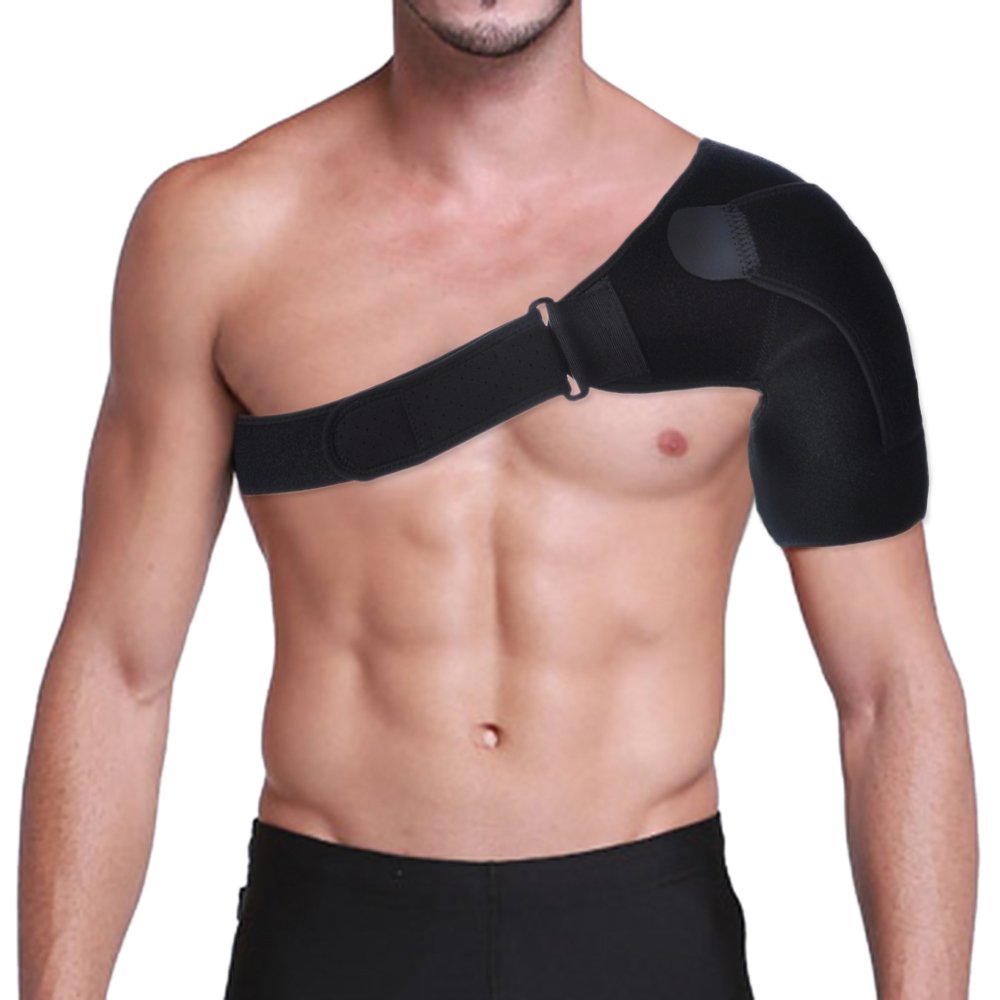
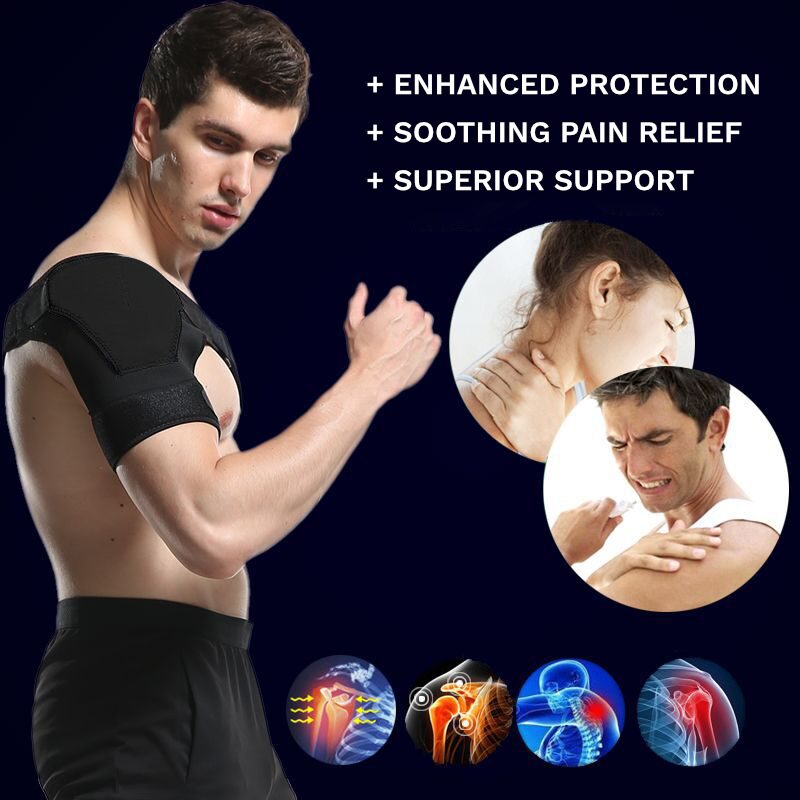

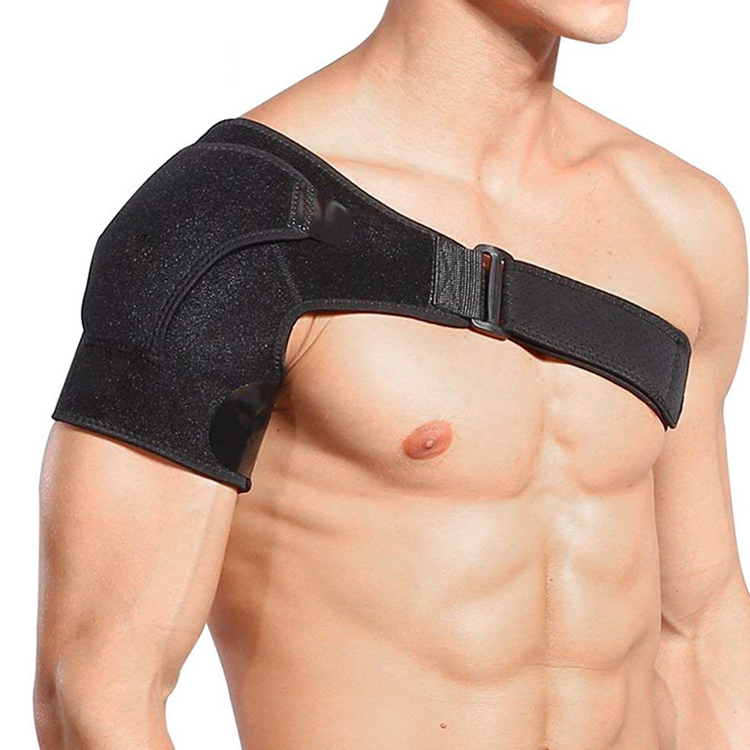
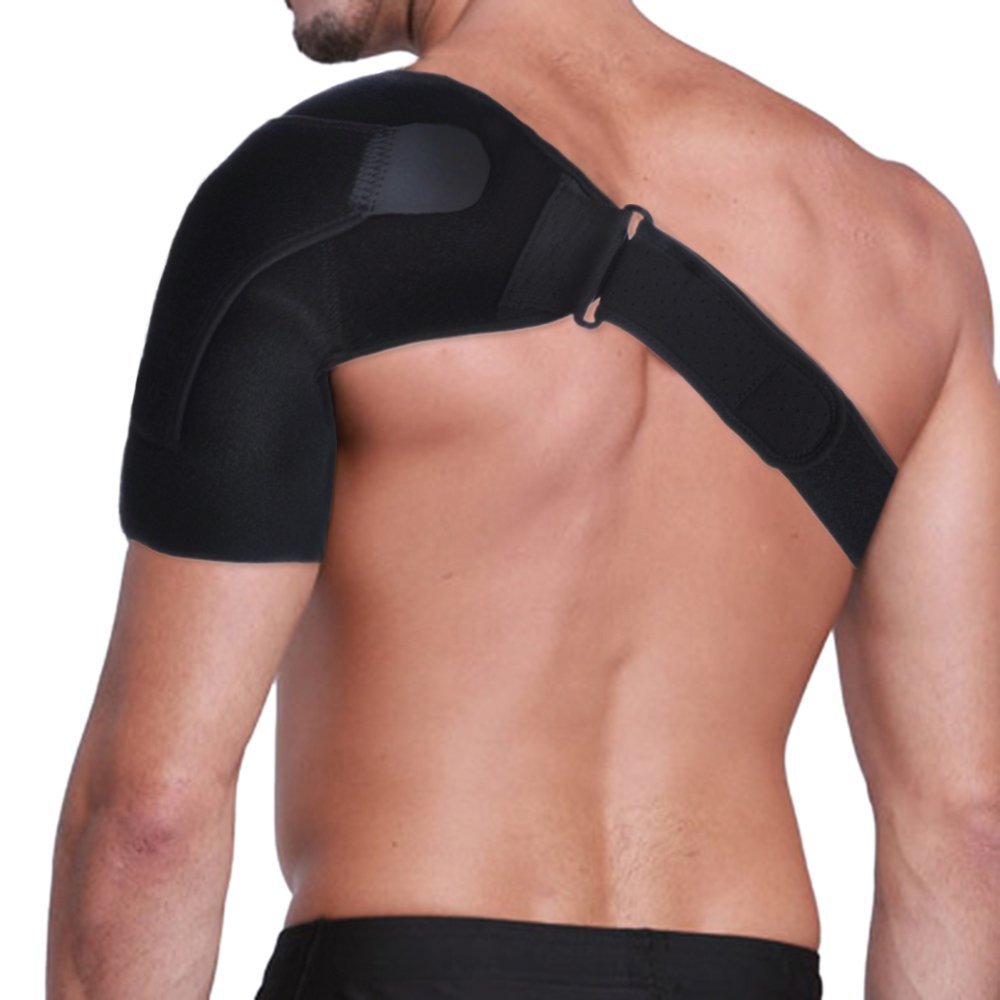
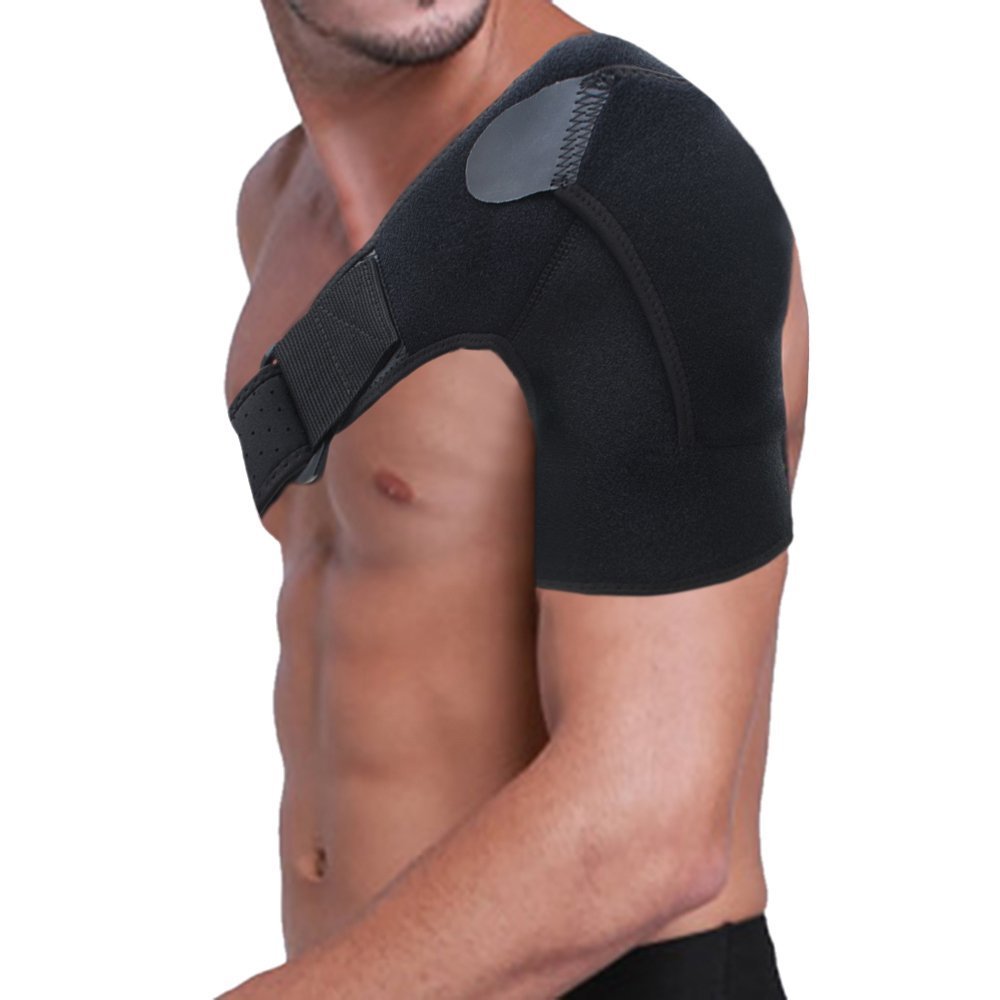
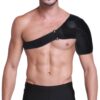
by Lakhwinder attri
Good